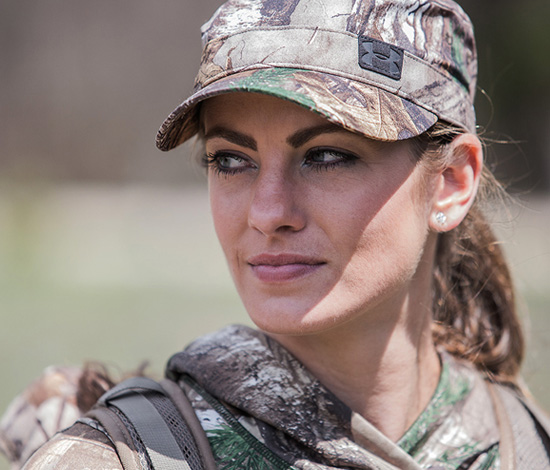Go the Distance – How to Measure Distance Without Technology and Why You Should Care
Pace count and why it is important. If you spend a considerable amount of time hunting or hiking in remote areas, it’s very important that you be prepared for any possible emergency situation that may present itself - especially those that render you the loss of a cell phone and/or a GPS device!
In situations like these, it is important to be mindful of a few practices that will aid in navigating your way back to safety. One practice that we should always be aware of is being able to accurately keep a pace count. Keeping track of a pace count gives us the ability to estimate our distance traveled and hopefully provide us with the confidence to orient ourselves.
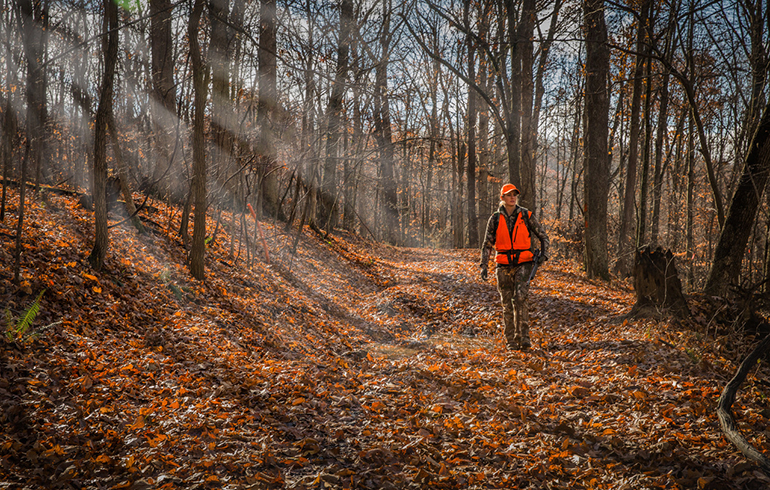
Combining a pace count with the use of proper field maps enables us to calculate an estimated pace count needed to reach a known landmark such as hunting camp, main road, parking area etc. Pace count is unique to each individual as it depends on the biomechanics of one’s stride, so it is important that each person become familiar with their own stride.
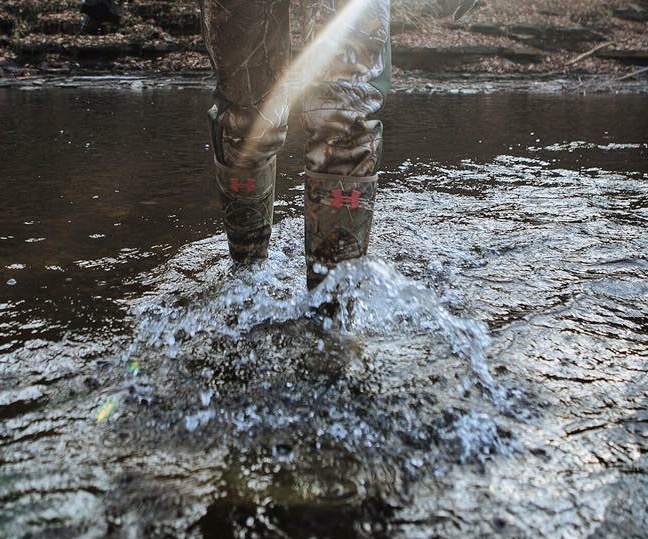
Calculate your pace count
Determining your pace count is simple! First, you’ll need to start with an accurately measured distance to go by. Nowadays, there seems to be cell phone app for just about anything and everything so finding one that will help you measure out 100 meters will beeasy. For the less technologically savvy, a high school track or football field works just as well. Now, simply start walking to a marked endpoint and keep count of your steps. It is important that you make sure to walk as you normally would in any other situation. You can count every single step or count every other step. (I prefer to count every other step). If counting every other step, choose which foot you will begin walking with and then count a pace every time that foot hits the ground. It is best to walk 100 meters several times while counting to get a more accurate pace count.
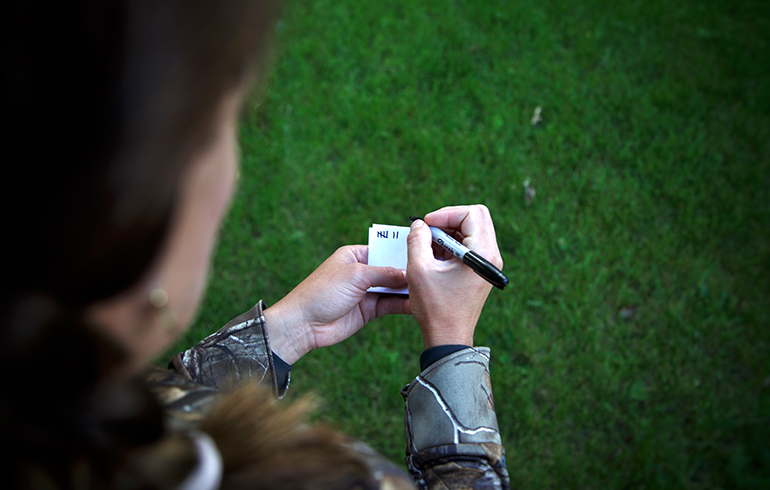
Keep track of how far you have traveled
While walking, you will need to keep track of how many 100 meter units you travel, which can be done with a few different methods. A pencil and paper are items that any serious hiker should keep in their pack, which enables us to simply mark how many units we’ve traveled. However in the event that pencil and paper are not available, use pebbles or twigs. For every unit travelled, bend down and grab a pebble or twig to keep in your pocket. These are easy ways to avoid having to try and overcome a foggy memory.
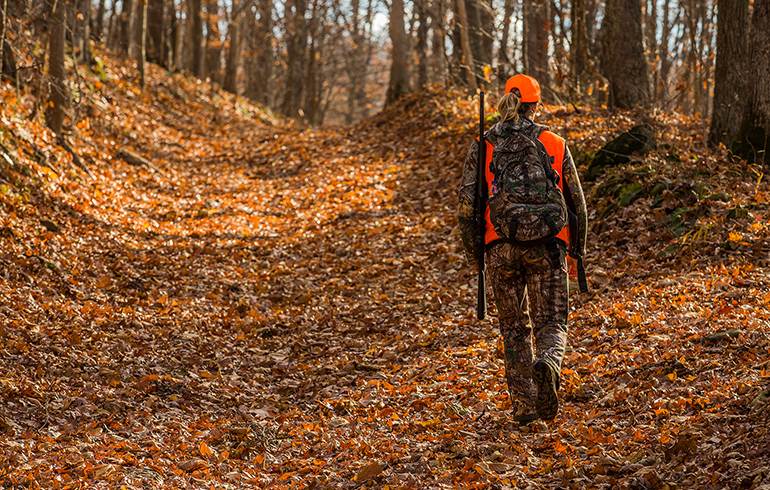
Things to keep in mind
After dialing in your 100 meter pace count on flat terrain, try to dial it in on the type of terrain that you plan on traversing. A pace count can vary greatly based on walking uphill versus downhill, in water, through heavy brush, etc.
Trust me – I realize this may seem tedious to some but, keep in mind it only takes one accident to become disoriented and/or lost; worst yet, it may happen during a time where we cannot depend on the technology we’ve all grown so accustomed to! Simple practices such as these are important to work on and utilize in the event that life throws us a curveball while out doing what we love in the vast outdoors!
